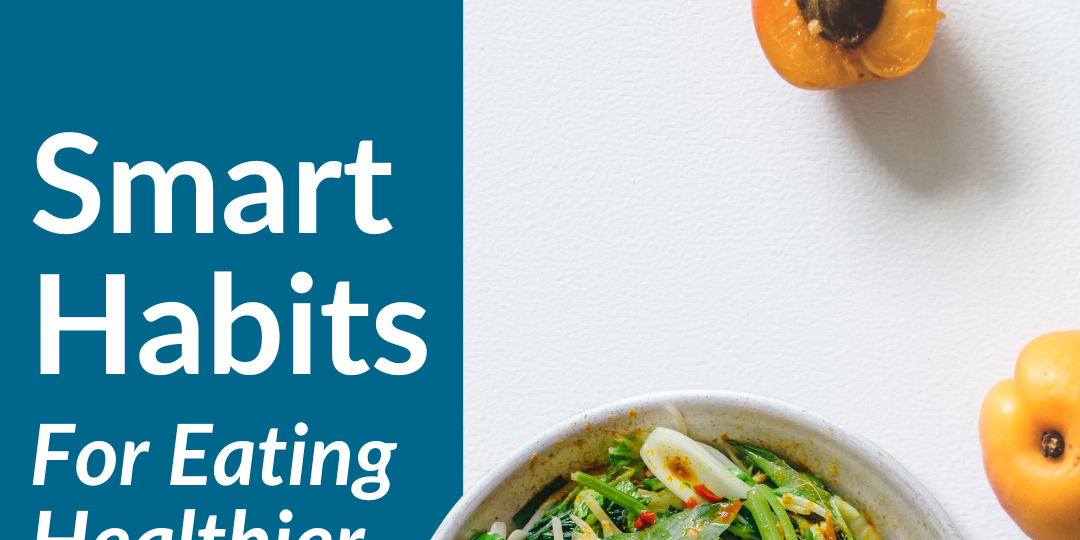Submitted by Rebecca Crumb-Johnson, MA, RD, CDCES
NorthLakes Community Clinic

Rebecca Crumb-Johnson, Registered Dietitian
It is not always easy to eat well at work (or away from home in general). It is easy to grab a caramel latte with whipped cream, donuts, or a biscuit sausage sandwich. Lunch may be Kwik Trip cheese curds with a large soda. Or maybe your co-worker says, “Let’s order out,” and the salad you brought stays in the fridge, replaced by some fries.
It takes planning to eat better while you’re on the run. Not everyone has to eat breakfast in the morning, but if skipping breakfast makes you tired, decreases your performance, or makes you so hungry that you make poor choices, (like overeating at lunch), it is a good idea to eat breakfast.
Choose breakfasts and lunches that are nutrient dense and satisfying. These are foods high in nutrients but relatively low in calories. Examples of nutrient-dense foods include fruits, vegetables, whole grains, low-fat or fat-free milk products, seafood, lean meats, eggs, peas, beans, and nuts.
Consider some of these breakfast ideas, below.
- Overnight oatmeal
- Vegetable and egg burritos made with whole wheat tortillas
- Hard boiled eggs
- Chia pudding
- Mini egg frittatas – made in muffin cups
- Peanut butter or eggs on whole grain bread
- A breakfast box with cottage cheese, fresh fruit, nuts, and/or a boiled egg.
Smoothies can be made two ways: as a nutritional option, or as a glorified milkshake. There are recipes galore for nutritionally dense smoothies. Ingredients such as berries, pineapple, and spinach can be bagged ahead of time and added to unsweetened milks or plain yogurt, along with vanilla or other flavorings. Avoid sweetened yogurts or juices, which add extra sugar and calories. Yogurt parfaits made with sweetened yogurt and granola are also high sugar and high calorie options that you may wish to avoid.
Now it’s time for lunch! How about tuna, salmon, or leftover meat on whole grain crackers, grain/sprouted bread, or tortillas? Combine that with raw veggies or fruits and you’ve got an easy, ready-to-go lunch.
Make your own salad or broth-based soup and include lots of veggies, whole grains – such as wild rice, brown rice, or barley – and a lean protein, such as chicken or legumes.
If you make yourself a well-rounded dinner in the evening, whip up some extra and place it in a microwavable container so it’s ready for the next day. Below are a handful of other lunch or snack ideas, as well!
- Peanut butter on apples or celery
- Jerky
- Fresh fruit
- Hummus and carrots
Places like Kwik Trip, fast food restaurants, or grocery store delis are a quick place to grab lunch, but these convenient destinations are filled with food landmines. Fast food nutrition information is available online – Kwik Trip even has an “Eat Smart” brochure posted – enabling you to choose what you will purchase before entering the store.
Here are few other tips to make better choices at work:
- Rethink your drink! Cold or hot drinks high in sugar and fat provide empty calories that do not fill you up. However, these drinks can contain more calories than eating a meal.
- Watch those portions sizes. The more we are served, the more we eat. Ask for half portions or split the meal with another person.
- Dining out? Request a takeout container as soon as you order and place part of your food in it before you start eating.
- Avoid use of add-ons that are high in saturated fat and salt, such as dressing, sauces, or cheese.
- Avoid deep fried foods.
- Try to balance lean proteins and vegetables with whole grains or starchy vegetables during meal planning.
If coworkers are trying to choose healthier food options, give them your support. Be a health team along with being a work team!
Rebecca Crumb-Johnson is a Registered Dietitian with NorthLakes Community Clinic.







